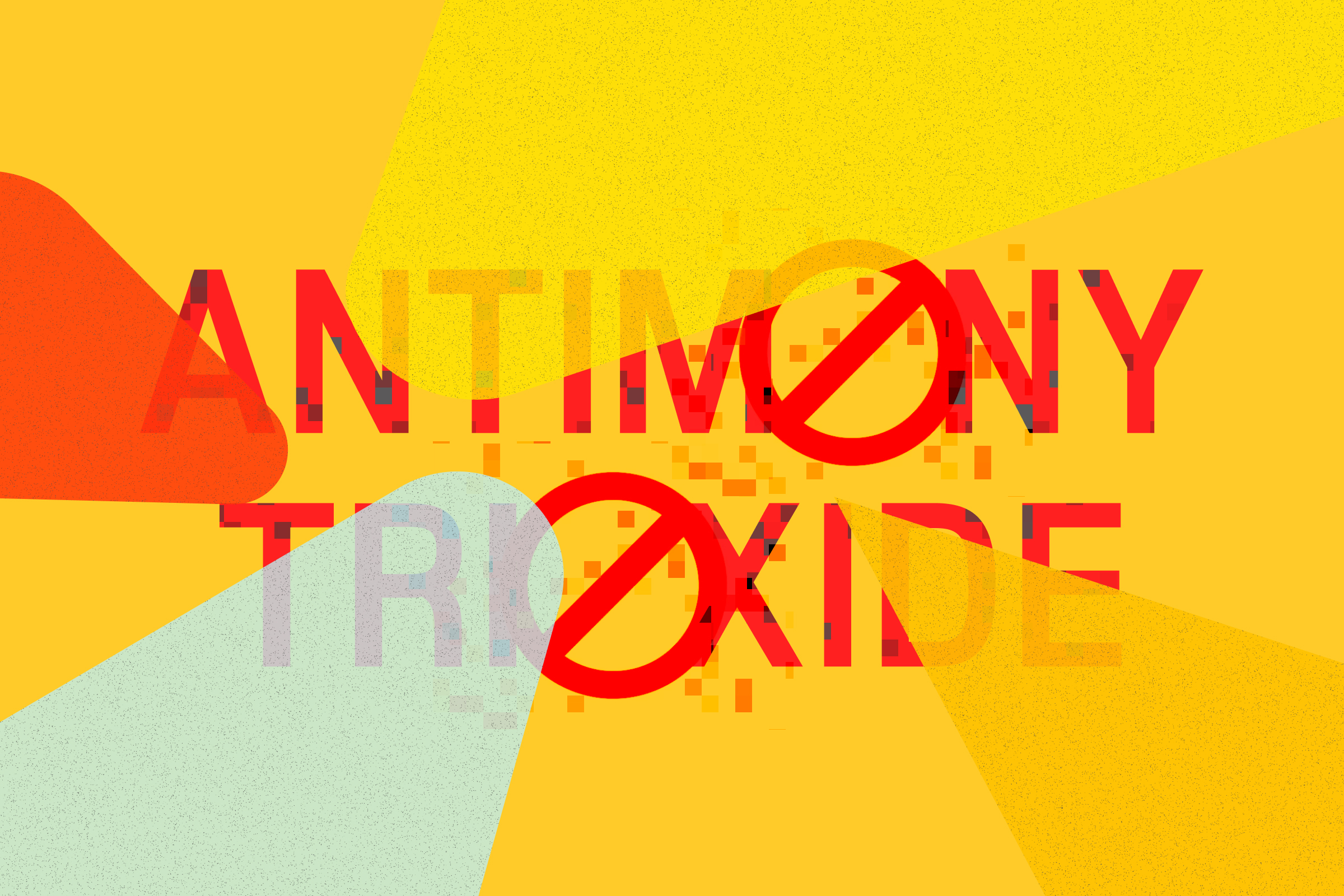
Ignite Magazine
The Knowledge Platform for Next-gen Flame Retardancy
Ending the Antimony Era: Seven steps towards a safer, compliant and future-proof business
Antimony’s final curtain call is here, setting the stage for a new era in flame retardant applications. What lies beyond could redefine safety and sustainability for industries worldwide.
Image Credit: GULEC

The flame retardant industry is undergoing a critical transformation as scrutiny from public and regulatory bodies intensifies. Among the focal points of this scrutiny is antimony trioxide (ATO), historically used in plasticized PVC and other resin formulations. It is now under reassessment due to its potential health and environmental impacts.
1. Understand the risks of antimony trioxide.
Antimony trioxide has been favored for its effectiveness in enhancing fire resistance. However, its use comes with high costs—not just financial but also health and environmental impact. Classified as a potential carcinogen by the International Agency for Research on Cancer and flagged for its environmental persistence, ATO poses risks that are increasingly unacceptable in a market moving towards safer, more sustainable alternatives.
2. Don’t play Antimony’s supply chain roulette anymore.
The supply chain for ATO is fraught with volatility, attributed to its status as a rare earth material. Geopolitical tensions and market demands from other industries, such as electronics and energy storage, exacerbate its availability issues, leading to unpredictable costs. Moreover, ATO is under intense regulatory scrutiny. From California’s Proposition 65 to the EU’s REACH regulations, global standards are tightening around using hazardous materials in manufacturing.
"The message for plasticized PVC manufacturers is clear: the era of antimony trioxide is ending. The increasing cost, driven by limited supply, underscores the urgency of transitioning to safer and more effective alternatives."
3. Become a part of the shift to safer alternatives.
In response to these challenges, Gulec Chemicals offers a series of advanced flame retardants that serve as viable alternatives to ATO. These innovative solutions not only meet but exceed the fire safety standards of traditional additives without the associated risks. They integrate seamlessly into existing manufacturing processes, making the transition smooth and cost-effective.
4.Uncover the benefits of safety with next-Generation flame retardants.
Switching to these alternatives can lead to significant cost reductions. Unlike ATO, which necessitates higher pigment loading because of its inherent coloration impact, our solutions lower the overall material costs and simplify production processes. Moreover, by eliminating the use of ATO, companies can notably enhance workplace safety. Antimony trioxide is classified as a potential carcinogen by the International Agency for Research on Cancer, linking its exposure to increased risks of lung cancer among workers. Removing ATO from manufacturing processes mitigates these severe health risks and reduces the environmental liabilities associated with its disposal and degradation, thus fostering a healthier and safer working environment.
5. Answer the call for future-proof manufacturing.
The transition from antimony trioxide is a regulatory necessity and a strategic business decision. Adopting newer, safer flame retardants aligns with global regulatory trends and offers a competitive edge in a market prioritizing health and sustainability.
6. Embrace Antimony’s final curtain call and welcome the end of its era.
The message for plasticized PVC manufacturers is clear: the era of antimony trioxide is ending. The increasing cost, driven by limited supply, underscores the urgency of transitioning to safer and more effective alternatives. By making this shift, companies not only safeguard the health of their workforce and the environment but also ensure long-term viability and compliance in a rapidly evolving regulatory landscape.
7. Secure Your Future with GULEC’s Expertise for a seamless transition to safer flame retardants
Transitioning to safer flame retardants is about securing your business’s future. Gulec Chemicals provides advanced solutions and expert support to ensure a seamless transition. We analyze your current materials, propose adequate replacements, and guide you through integration. By partnering with us, you benefit from continual innovation and expert insights, keeping your products competitive and compliant as industry standards evolve.
Spark a Conversation
Connect with us to explore safer, smarter flame retardant strategies for your business.
Ignite Your Inbox
Be first to know about breakthroughs in flame retardancy and polymer innovation.










